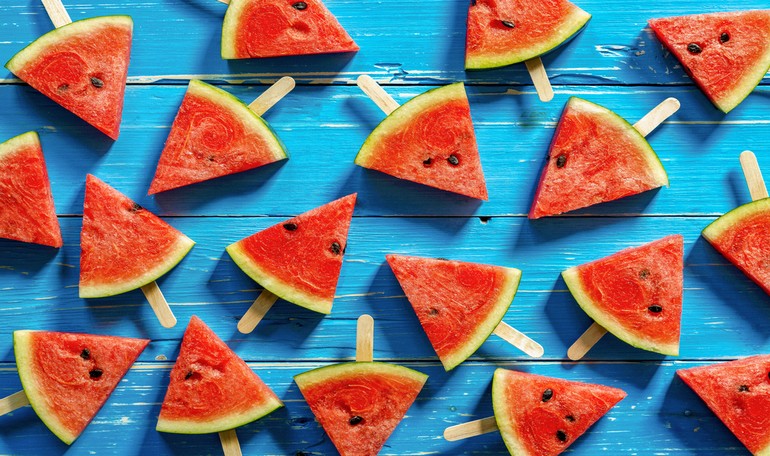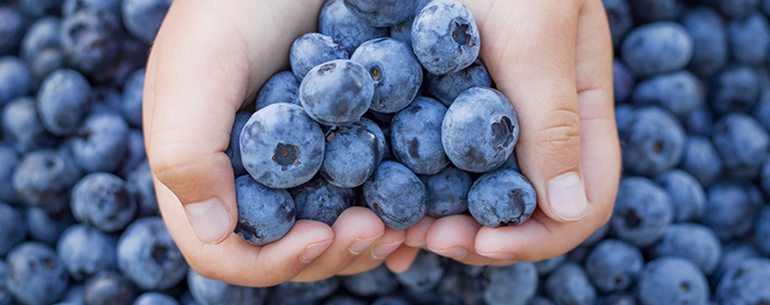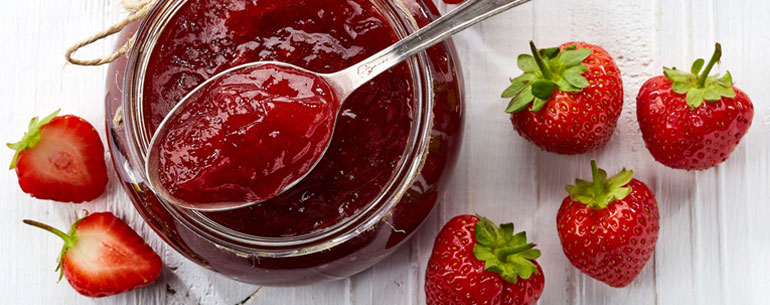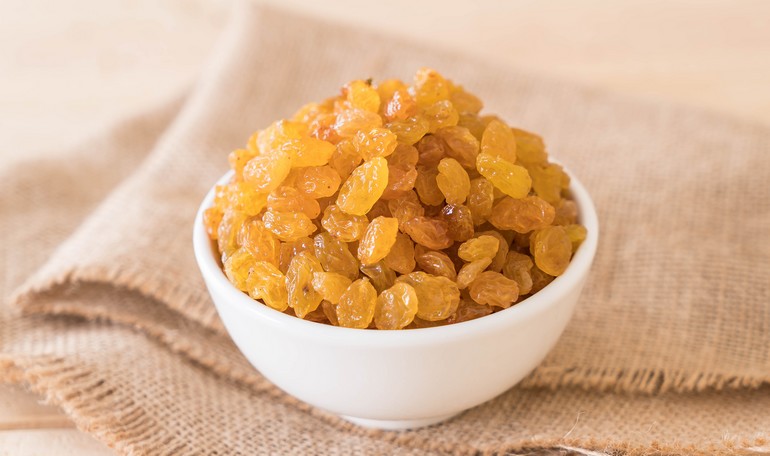The word from the nutritionist
Watermelon mon amour
Looking for a solution to face the fatigues of these summer afternoons? No problem, the nature gives you the remedy: the watermelon.

The watermelon (Citrullus Ianatus) belongs of the family of Cucurbitacee, the same of pumpkins, zucchini and cucumber. It is an annual plant with a climbing herbaceous trunk and big hairy leaves. Its skin is smooth, hard but very thin, its colour is green with white or yellow streaks. The inside of the fruit is red and very rich in seeds that can be black, yellow, white or red. The watermelon is available only in summer, from may to september. Exist more then 1200 cultivars of watermelon that produce fruit with a variable weight from 1kg to 100kg.
This fruit is compesed of water for the most (about 90%) that aids the correct hydratation of your body. 100 grams of watermelon contain only 6-8 grams of sugar, but it is rich in potassium and in magnesium. The other mineral salts present are: phosphorus, calcium, sodium and iron. This fruit contains also a good quantity of vitamins A, C, B1, B2, B6 and PP.
Its red coulour is from the presence of lycopene, an antioxidant that aids you to face the free radical and the cell aging. According to the most recent scentific researches this sweety fruit, thanks to a molecule called citrulina, is a natural aid against the heart diseases, the hypertension and cholesterol. Good news also for who suffers of insomnia: the watermelon, indeed, stimulate the seratonin leads the nightly sleep. Take care, however, to the high content of water that diluites the digestive juices and decelerates the digestion.
How you can choose a ripe and tasty watermelon? For the first is necessary to observe the petiole that has not to be dry and, if comes out juice near it, signify that it is ripe. You can also tap the skin of the fruit: if it is ripe you have to hear a empty sound. But the most important sign to recognise a ripe watermelon is the presence of yellow streaks or patches over the skin.
How you can eat this tasty fruit? Surely biting a fresh slice at the end of the meal, but you don't know that you can use it to give taste and colour in different summer dishes? As example to prepare cold soups, pasta or rice salad, meat or fish carpaccio, or simply with cheese as mozzarella, feta or caprino.
Published 22 June 2018





